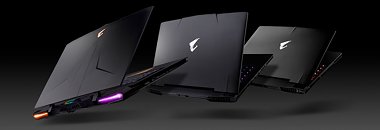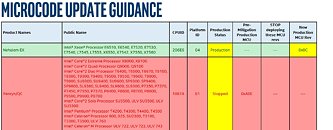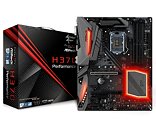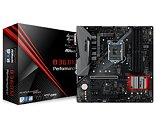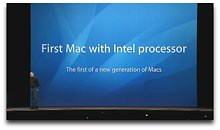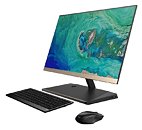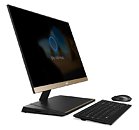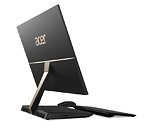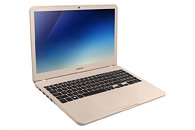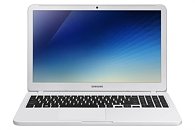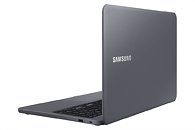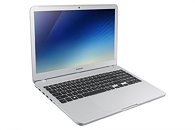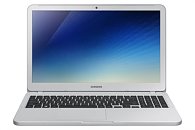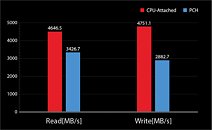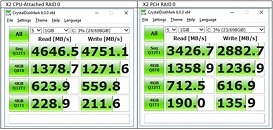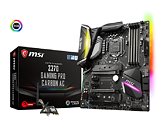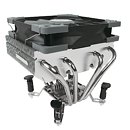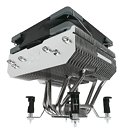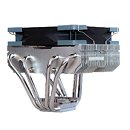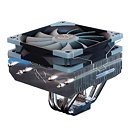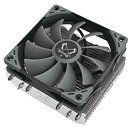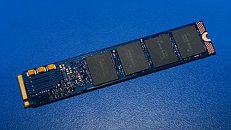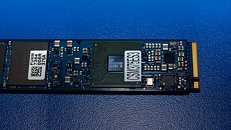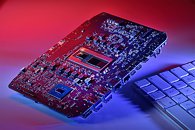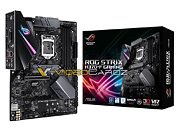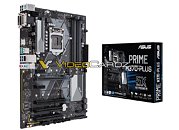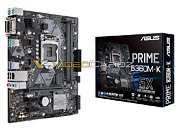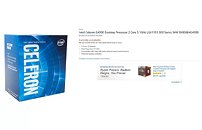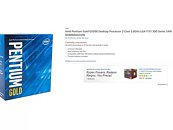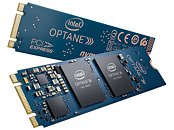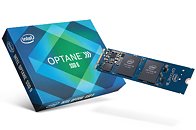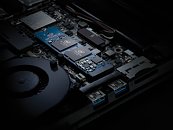
Aorus Creates Its Greatest Gaming Laptops to Date: X9 DT, X7 DT V8, and X5 V8
AORUS, the high-end gaming enthusiast brand, announces the greatest update ever. Introducing the 8th generation of X7 DT and X5 laptops with 8th gen Intel i7-8850H overclockable CPU. What's more, introducing the X9 DT, now with NVIDIA GeForce GTX 1080 graphics with G-SYNC and the 8th gen Intel i9-8950HK extreme overclockable CPU.
8th Gen CPU's | i7-8850H and i9-8950HK
With the introduction of the all new 8th gen CPU's from Intel comes to the next generation of AORUS gaming laptops. The update includes the X5 v8, X7 DT v8 and X9 DT. With both the v8 versions opting for the 8th gen Intel Core i7-8850H and the X9 DT taking flagship specs with the first ever Intel i9 series CPU to be fitted in a laptop. The Intel Core i9-8950HK makes the X9 DT the world's first to equip an extreme edition CPU and creating one of the most powerful gaming laptop ever.
8th Gen CPU's | i7-8850H and i9-8950HK
With the introduction of the all new 8th gen CPU's from Intel comes to the next generation of AORUS gaming laptops. The update includes the X5 v8, X7 DT v8 and X9 DT. With both the v8 versions opting for the 8th gen Intel Core i7-8850H and the X9 DT taking flagship specs with the first ever Intel i9 series CPU to be fitted in a laptop. The Intel Core i9-8950HK makes the X9 DT the world's first to equip an extreme edition CPU and creating one of the most powerful gaming laptop ever.
